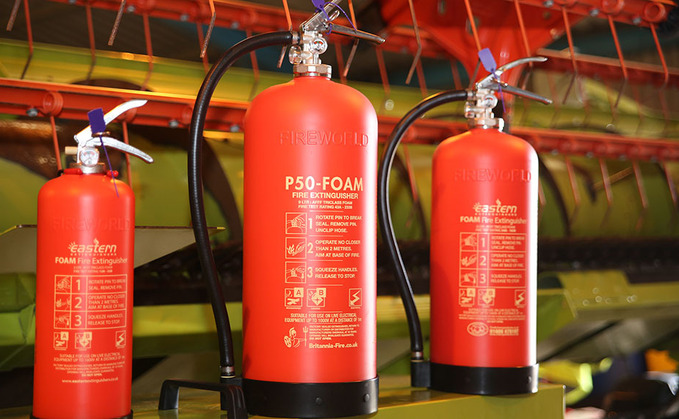
Cherry Products is supplying a new type of fire extinguisher, which is not only lighter than most existing designs, but offers lower maintenance costs and a longer service life. Simon Henley found out...

Cherry Products is supplying a new type of fire extinguisher, which is not only lighter than most existing designs, but offers lower maintenance costs and a longer service life. Simon Henley found out...